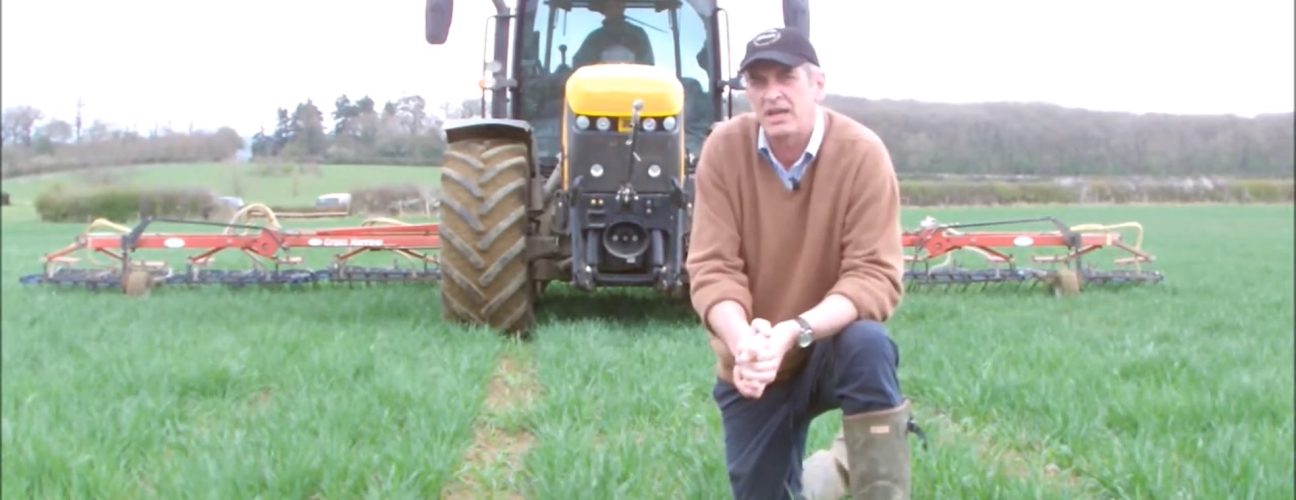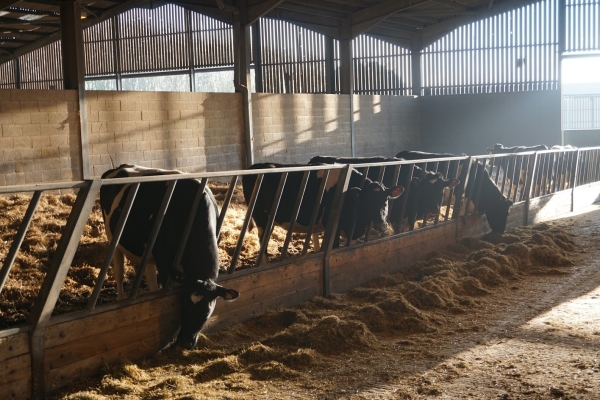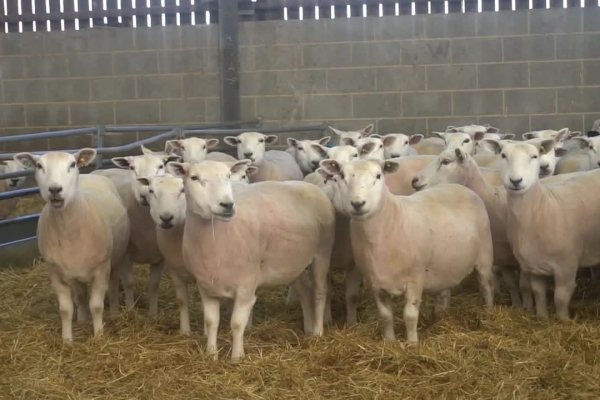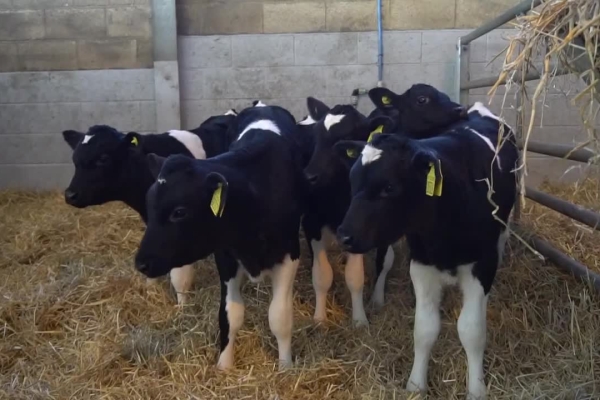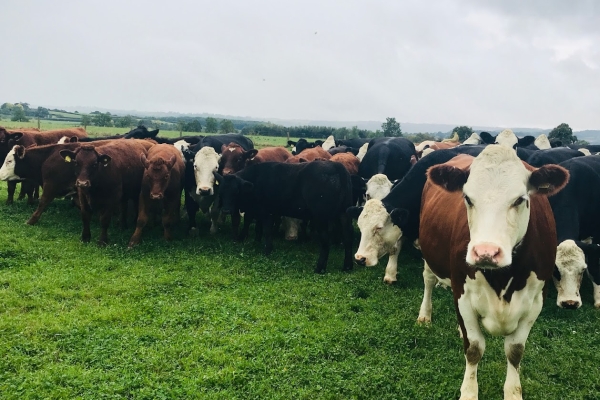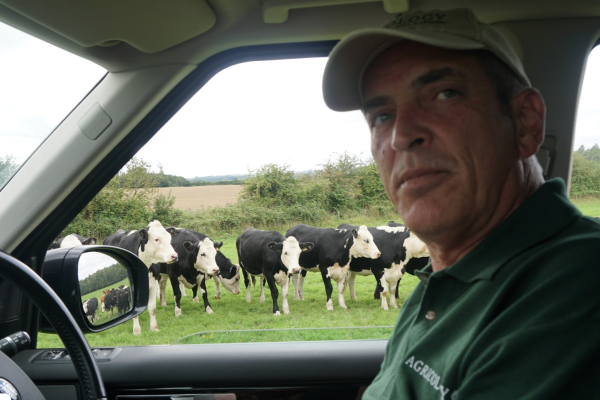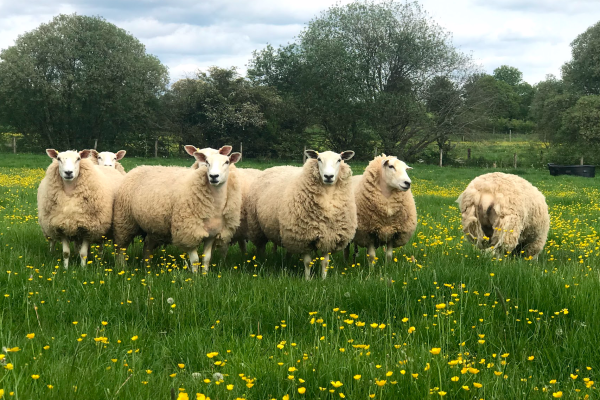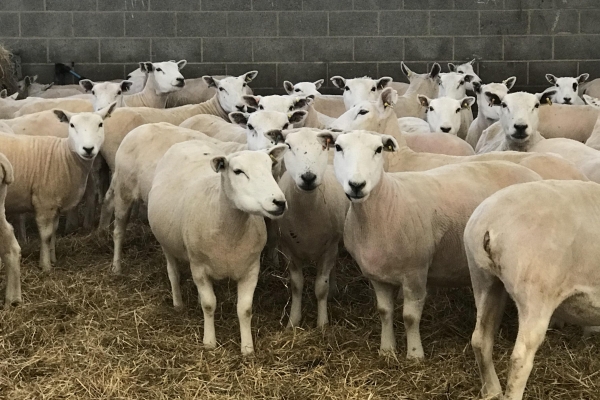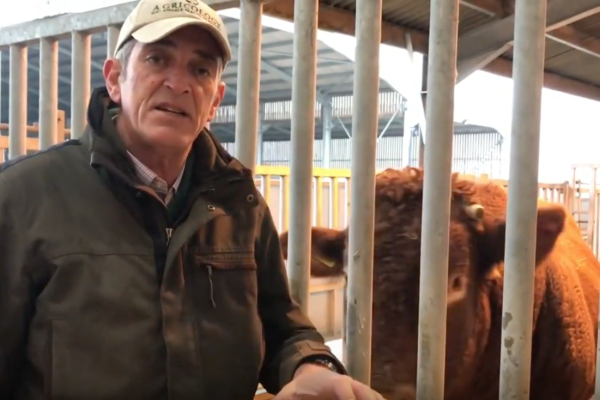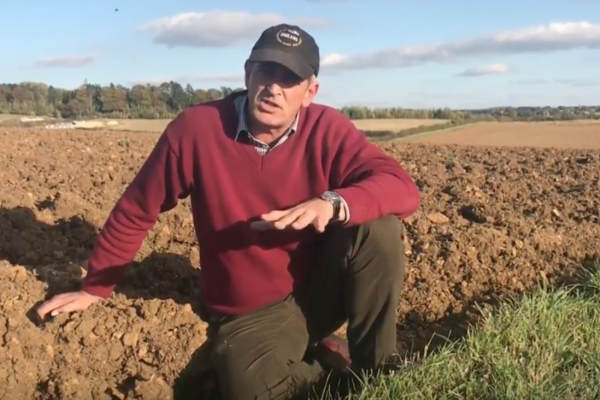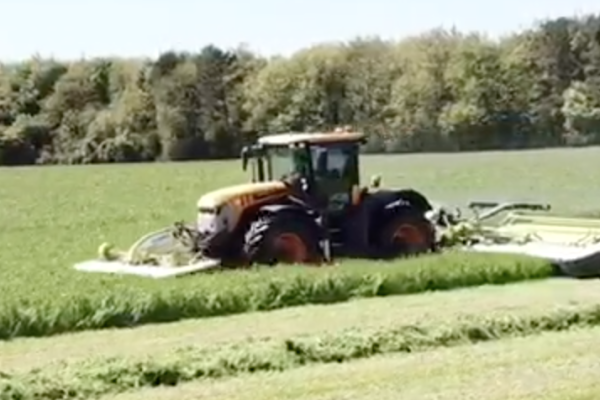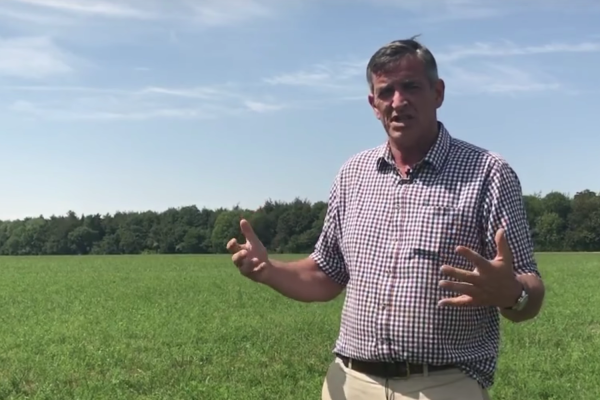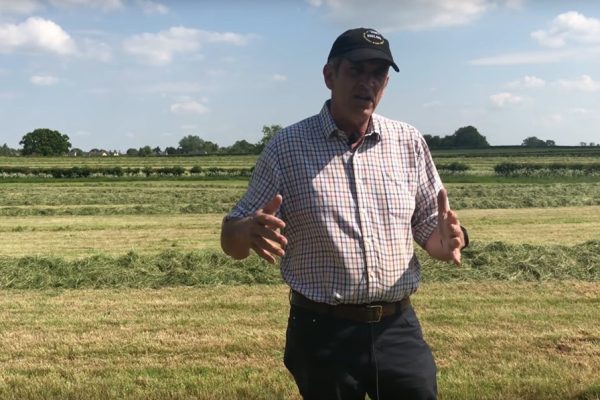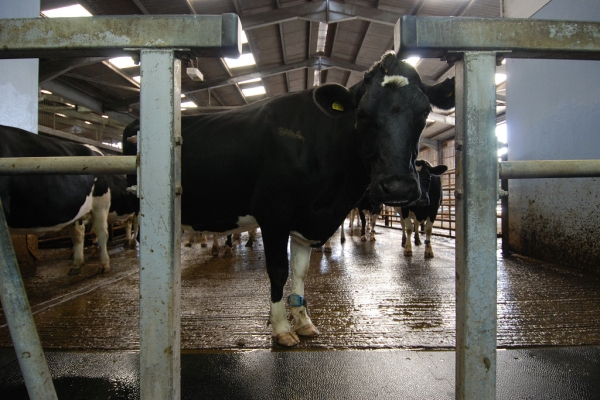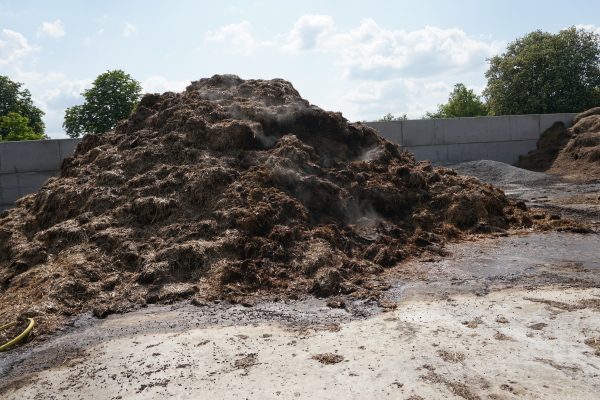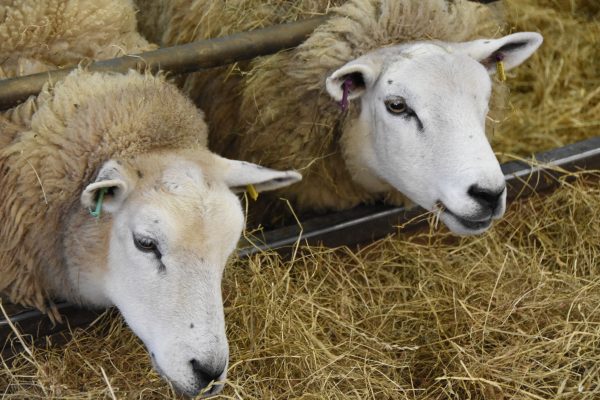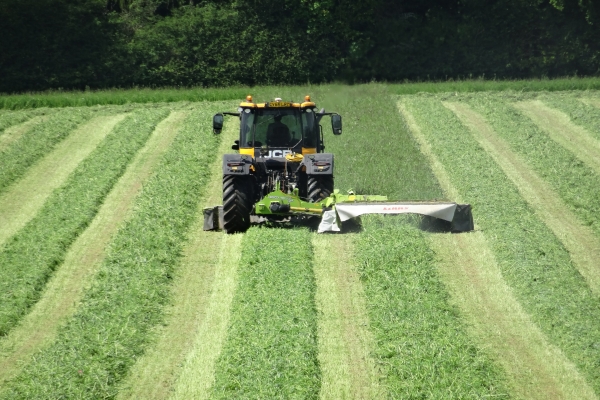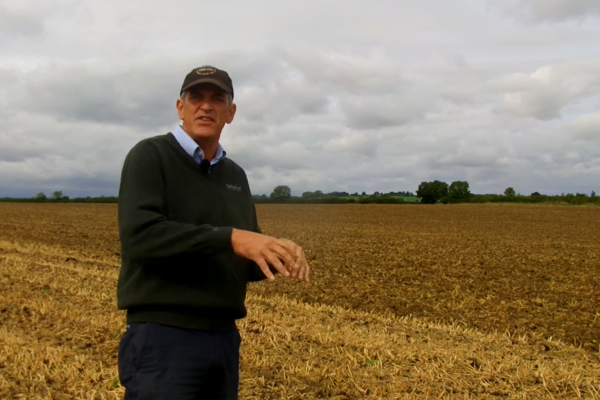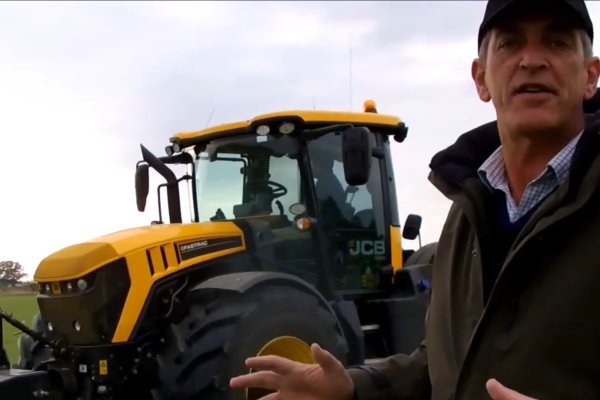Harrow Combing Oats
Richard Smith, Senior Farm Manager at Daylesford Farm discusses harrow combing oats.
- The oats were drilled late in October which allows the crop to grow ahead of the weeds in the spring.
- Once the ground is dry enough, a 12m spring tine comb harrow can be used to go through the top inch of soil, breaking it up and pulling out many of the weeds.
- The harrow damages the plants, causing them to tiller.
- This time of year, Richard will harrow comb oats every fortnight until the main stems of the plants start to be damaged.
- The harrow comb has a seed box attached to it which can be used for crops, green manures and grass seed.
- The degree of agitation caused by the harrow can be set by altering the angle of the tines. On the first pass, Richard sets the harrow to dig into the soil aggressively; to remove weeds and encourage tillering. As the plants begin to grow he will then reduce the angle of the tine and therefore the agitation.
- Research by the Scottish Agricultural College suggests that 25kg of natural nitrogen is released in the top soil after harrow combing; Richard says he always sees an improvement in the crop.
- Richard will go on to top dress this field with farm yard manure.
The information contained above reflects the views of the author/s and does not necessarily reflect that of Agricology and its partners.
Related articles
Richard Smith shares some advice for healthy livestock and provides a demonstration of cattle foot trimming at Daylesford Organic Farm.
In this month's Agricology vlog, Richard Smith talks to us about scanning 1,200 Lleyn sheep at Daylesford Organic Farm with Bob Tofield.
Richard Smith, Farms Manager for Daylesford Organic, explains how they rear their Friesian calves to give them the best start.
Richard Smith of Daylesford Organic Farms talks about grass leys and how they put them into stubble, and undersowing into cereal crops
Richard Smith discusses how he is converting a conventional arable field into a grass and clover ley for livestock and the reasons for doing it.
In this month's Agricology vlog, Richard Smith discusses how he monitors the internal parasites of the sheep to reduce the need for drenching.
Richard Smith, Farms Manager at Daylesford Organic, discusses why good breeding can reduce the need for additional inputs when housing sheep over winter.
Richard Smith discusses strategies for choosing a bull, including analysing estimated breeding value to assess lineage and breeding potential.
Richard Smith discusses ploughing up a red clover ley in preparation to sow a new crop of organic winter oats and vetch at Daylesford
Richard Smith (Farm Manager at Daylesford Organic Farm) gives an update on the nutritional analysis that was carried out on a juvenile sainfoin crop.
Richard Smith (Farm Manager at Daylesford Organic Farm) discusses everything sainfoin in this August video blog.
In this month's Agricology vlog, Richard Smith, Senior Farm Manager at Daylesford Organic Farm, discusses the production of grass silage in an organic system.
In this month's Agricology vlog, Richard Smith (Senior Farms Manager at Daylesford Farm) focuses on animal welfare and dairy systems.
Richard Smith, Farm Manager for Daylesford Farm discusses using manure compost in an organic system and the benefits.
In January's Agricology vlog, Richard Smith of Daylesford Farm discusses the forage he uses to feed his flock of commercial Lleyn Sheep.
In October's Agricology Vlog, Richard Smith from Daylesford Organic Farm revisits a site on which he has harvested barley and seeded a grass ley.
In September’s vlog Richard Smith from Daylesford Organic Farm talks us through the process of preparing a field to put it back in to grass.
In our October video blog, Richard discusses subsoiling, drilling oats and training sheep dogs to help you on your farm.
